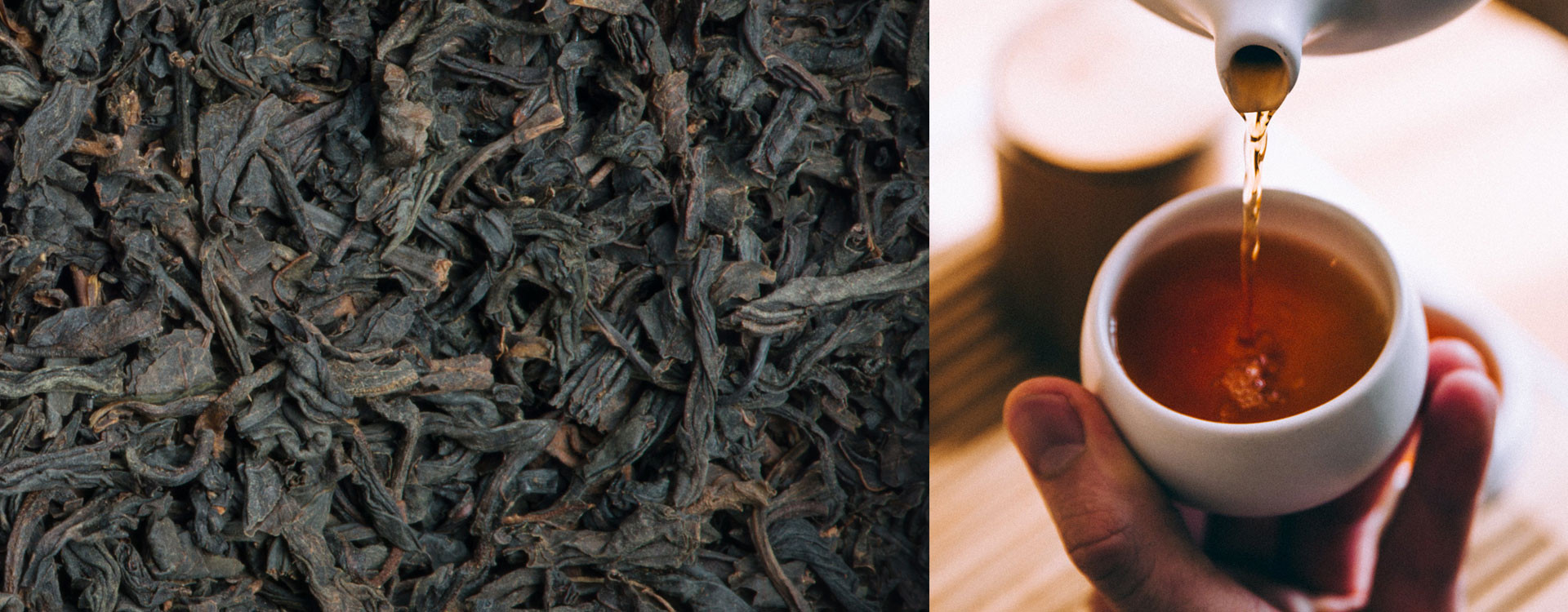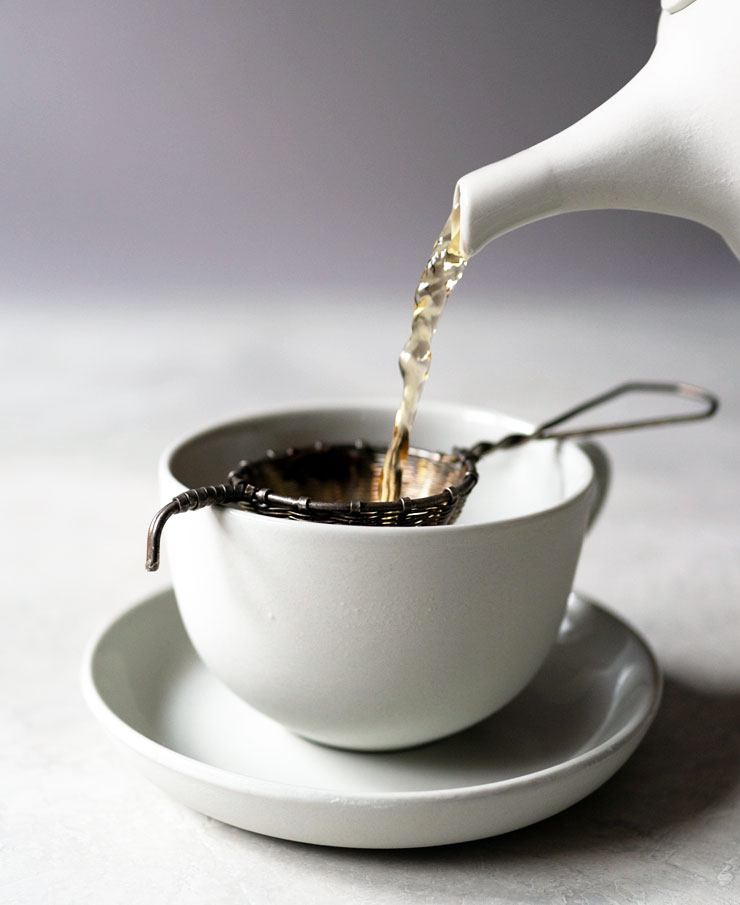History of the development of black tea in the world: where is black tea mainly imported from Britain? How did black tea spread to other countries?
In India, tea is not just tea, but a major drink. A day without tea is impossible and incomplete. Indians prefer their hot tea because for them, tea is an energy booster and is essential. This popular drink also has many health benefits because its antioxidants help eliminate toxins and free radicals in the blood. The large consumption of tea from China by the British has contributed to the cultivation of commercial tea in India. By 1750, they had bought millions of pounds of tea from China every year. Although the British managed to balance it partly through the opium trade, they found their tea consumption too expensive and unsustainable. The British realized that they should start producing their own tea, so they began to produce tea in India. Early tea drinking in India according to records, the history of Indian tea drinking can be traced back to 750 BC. Indian tea is usually grown in the northeast and Nilgiri Hills. In ancient times, India had many interesting stories about drinking tea. One of the stories is a Buddhist monk. According to a very interesting legend, in India, the history of drinking tea began with a holy Buddhist monk about 2000 years ago. The monk, who later became the founder of Zen Buddhism, decided to spend seven years without sleep thinking about the life and teachings of the Buddha. In his fifth year of meditation and prayer, he almost fell asleep. He picked some leaves from the nearby bushes and began to chew. The leaves revived him and chewed them whenever he felt sleepy to keep him awake. In this way, he completed seven years of penance. These are the leaves of wild tea trees. There is also evidence that in the 16th century, Indians made a vegetable dish from tea, garlic and oil, and boiled tea was also used to make drinks. In 1598, Jan Huyghen van Linschoten, a Dutch traveler, wrote in a book about his adventures that Indians ate leaves as vegetables with garlic and oil, and then boiled them. The British brought tea to India in 1788, the British botanist Joseph Bank, it was reported that the British East India Company in some parts of northeastern India, the climate is very suitable for growing tea, however, he seems to have missed it. The factory is a Bangladeshi and suggests transplanting tea trees from China. But his ideas were ignored. In 1823, Scottish traveler Robert Bruce discovered a native tea variety in northeastern India or what is now Assam, and the British began to operate commercial tea gardens in India. There are many popular and interesting stories that show that the British began the era of tea in India. According to historians, the real killer was a local businessman named Manilam Datta-Barua (also known as Manilam Devan). Robert Bruce heard about a wild plant that locals eat like tea. The Singpho tribe has a whole new way of dealing with wild plants. The tribe produced what was later found to be tea by picking young leaves of wild plants and drying them in the sun. The leaves were also exposed to night dew for three whole days. The leaves are then placed in the hollow of the bamboo tube and smoked until they taste. Robert Bruce sampled tea soup and found that it was similar to Chinese tea. Robert Bruce died shortly after that, and samples taken by Robert Bruce from this area were tested in Calcutta (shortly after Robert's death in 1830, his brother Charles Bruce sent the sample to Calcutta). It turned out to be tea, although it was a different variety from Chinese plants. There were other attempts before Robert Bruce. 1. In early 1774, the then Governor of Bangladesh, Warren Hastings, sent selected samples of tea seeds from China to his British envoy in Bhutan, George Bogel, to plant 2.1776. Sir John Banks, a famous British botanist, was asked to take notes on tea. The British must grow tea in India. 3. In 1780, Colonel Robert Kyd of the Army Regiment of the British East India Company (British East India Company) also tried to cultivate the seeds of Chinese tea trees in the botanical garden he founded (now called the Indian Botanical Garden, located in Haura in present-day Calcutta).

We can notice that during this period, some changes have taken place in bringing tea to India. At the same time, the East India Company is also trying to break China's monopoly on the global tea trade because of growing conflicts of interest between them. The East India Company took over the situation and took various measures to grow tea to prevent Chinese tea from entering the UK. One of the measures taken by the company was to start producing tea in the British colonies. Including India. This is a daunting task, and Chinese tea seeds are reported to have been smuggled to colonies, including India and Sri Lanka, to test commercial viability. However, these Chinese plants are not suitable for the soil of Assam. For the British, it was a complete failure. On the other hand, the local varieties found by Robert Bruce were grown well in tropical conditions in Assam and were found to be commercially viable. In order to produce tea in India, people have made many attempts and mistakes. After a long period of effort, the first British-led commercial tea garden was established in Chabua, Assam in 1837. In the late 1850s, the revolution began in the early 1840s as a tea storage unit in a tea garden in Assam. India's tea industry began to take shape around the beginning of 1840. Chinese tea plants were first tested in Assam and later in the high-altitude areas of Darjeeling and Kangala, where they grew healthier. Darjeeling tea cultivation officially began in 1841, when Darjeeling's first sheriff Archibald Campbell (Archibald Campbell) planted some Chinese tea seeds near his home for experiments. Many others began to try tea in almost the same way, and by 1847, Darjeeling established an official tea garden. Soon after, the first commercial plantation in Darjeeling, the Tukwa Tea Garden (Tukvar Tea Estate), was established in 1850. Over the next few years, hybrid varieties (plants from China and Assam) were created and used. The future prospect of Indian tea industry first of all, Indian tea is not mature in the utilization of water resources, soil, fertilizer and other resources. Kenyan tea is more competitive than Indian tea because they use fertilizers and pesticides and manage water and soil scientifically. Therefore, India has great potential in improving the quality of tea. Secondly, new tea varieties have found more and more room in the market, such as yellow tea. Green Tea. With the expansion of production capacity, the Indian tea industry can easily meet these needs. Third, we can promote famous tea producing areas, such as Nilgiri, Darjeeling, Assam, Cachar and so on, to develop tea tourism. This will strengthen the brand image and allow tea producers to sell at a premium.
Important Notice :
前街咖啡 FrontStreet Coffee has moved to new addredd:
FrontStreet Coffee Address: 315,Donghua East Road,GuangZhou
Tel:020 38364473
- Prev

Tieguanyin, Dahongpao, Phoenix single fir, Qimen black tea, Zhengshan race, Yunnan black tea flavor characteristics of the difference, how to identify authentic Dahongpao?
The study of tea is a very broad discipline and there is always more to learn. This is a theme that never ends. Tea ceremony includes the study of tea cultivation, the process of making tea, supplying tea, packaging tea, blending tea, etc. But there is one thing we should never forget-"tea is the best
- Next

The ten rules of the correct way of brewing Earl Grey Tea and English breakfast black tea in the West is that black tea is as astringent as possible? Can I add milk to my black tea?
Can only make tea with Indian tea or Ceylon tea. "first of all. Indian tea or Ceylon tea should be used. If you drink it, you won't feel smarter, braver or more optimistic. Anyone who has ever said "a good cup of tea"
Related
- A complete list of coffee bean names and their meanings! What is Yejia Shefi coffee? Where is Mantelin coffee?
- What grade does Arida Manor Kaduai coffee beans belong to? What treatment is Arida ASD slow anaerobic sun exposure?
- The milk tea cup becomes smaller?! Overlord Tea Girl launches a new "Return to Yunnan" series
- Accused of selling counterfeit and high-priced coffee beans! Well-known boutique coffee brand "Oukelao" bowed and apologized!
- How to make espresso dumplings? Can I eat coffee and glutinous rice balls together?
- Save the unformed and stagnant powder cakes in one second! What is the problem with stagnant water in the powder bowl of the espresso machine?
- What does hand-brewed coffee stop mean? Why is it not recommended to make coffee by hand?
- Is it normal to smell like coffee? Why does coffee smell like alcohol? What's wrong with the strong smell of cold extract ice dripping ice brewed coffee?
- How to solve the problem that hand-brewed coffee extraction takes too long? Why is the water flowing so slowly when making coffee?
- The main points of making Australian white coffee, the proportion details, how does Australian white properly foam and blend the flowers?

